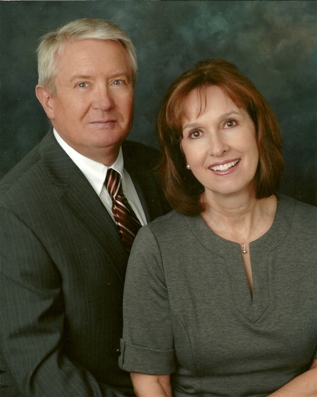On March 31, we attended the 150th anniversary of the Battle of Shiloh Tennessee 1862. Civil War re-enactments are a BIG deal for the re-enactors, all those who were born 175 years too late to be in the real thing. They try to make everything as "real" as possible. All of the actual period relics are too scarce, valuable, fragile, or dangerous to actually use, so most of the items (cannon, rifles, uniforms, costumes, etc) are replicas. The more your stuff appears to be authentic, the cooler you are.
When we got close to the site, there were thousands of other people, close to 12,000, and cars trying to get there as well. Its was obvious that the Mormons were not on the parking detail, as there was no organization or traffic direction at all. Along the last road into the site, we were moving at exactly 0.5 mph. When we got about a mile out, we paid $10 to park on someone's lawn, and walked the rest of the way in, faster than the cars were moving. It had rained the night before, and cars were getting stuck all over in the fields they had designated for parking. Big soggy gooey mess. Sort of made you feel like you were there in 1862.
We found out that re-enactments are really for the re-enactors, and the public (even though we pay to get in), is really a distraction. They are organized into regiments from the North and South, and are really into the play acting. Cannoneers came from as far away as Illinois and New Hampshire just to participate - and they brought their own crews with them, so there is a lot of expense involved. Good way to party for a week with your friends though.
When it started, it was confusing, and hard to understand - didn't really resemble the real battle: First the Union cannon on the far side of the field shot for a while - big booms and lots of smoke. Then the Confederate infantry marched onto the field and shot their muskets for a while. Next the Union infantry marches on and shoots for a while. Finally, the Confederate cannon line starts - this was the BIG event, and it was obvious that 95% of the visitors were Confederates or sympathizers. There were about 30 cannon in a line, all loaded. They start on one end, and fire down the line in about 3 second intervals. Really pretty impressive. Everyone hoots and hollers. They reload and do it a couple more times. Then it's over. We learned more about the actual battle from the brochure we bought on site than from the re-enactment. It was all good fun though, and a a great experience.
The line of Confederate cannon
Confederate cannon crew
General Grant and the lovely Mrs Grant
Elder & Sister Smith with Sister Johnson on the tailgate of a pickup that gave us a ride the last way in. They are our good friends here, they're from Middleton, ID. They are serving in Bessemer, AL, and decided to make this trip with us, they are a lot of fun and we had a great time together.
Family in period dress. Look like Yankees, but they're really Rebs
Southern gentry. You can just put on your costume and walk around without actually being part of the official re-enactment.
Southern lady spectators being transported by mule wagon to a prime viewing spot.

































